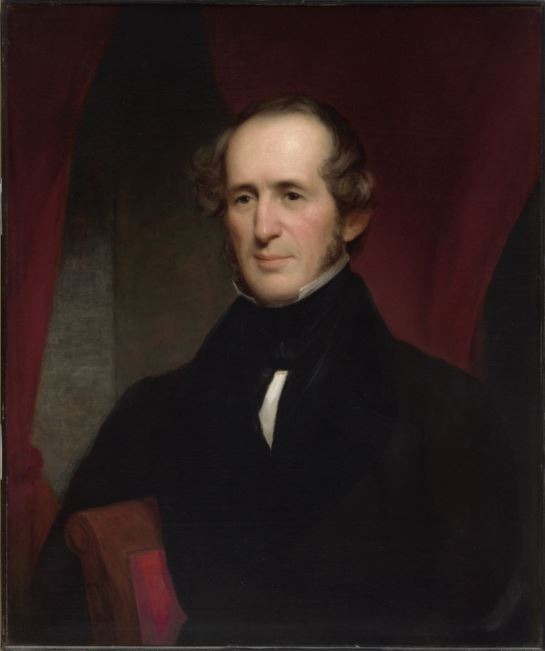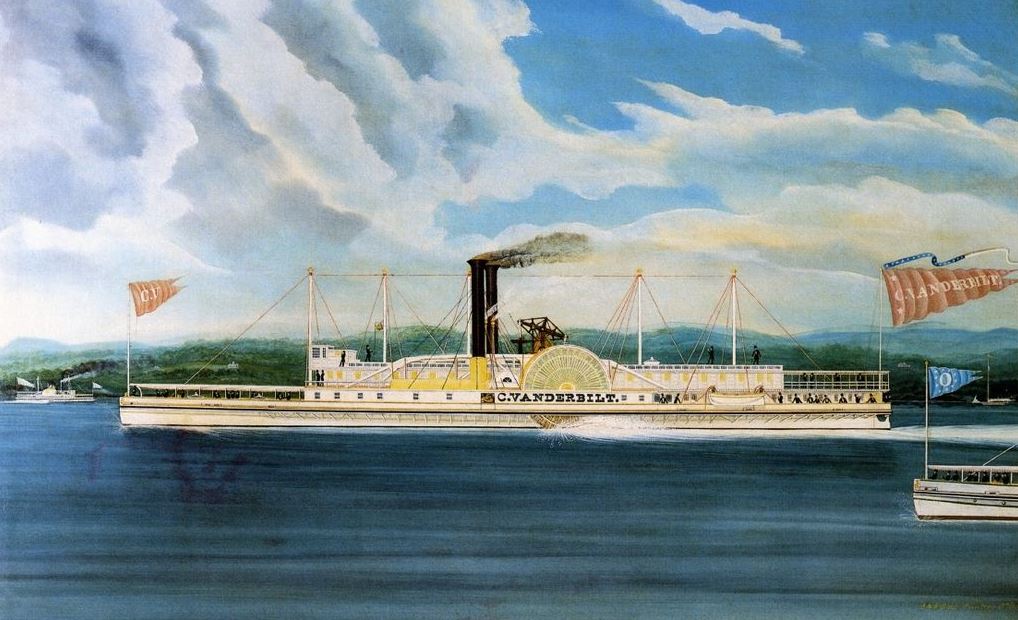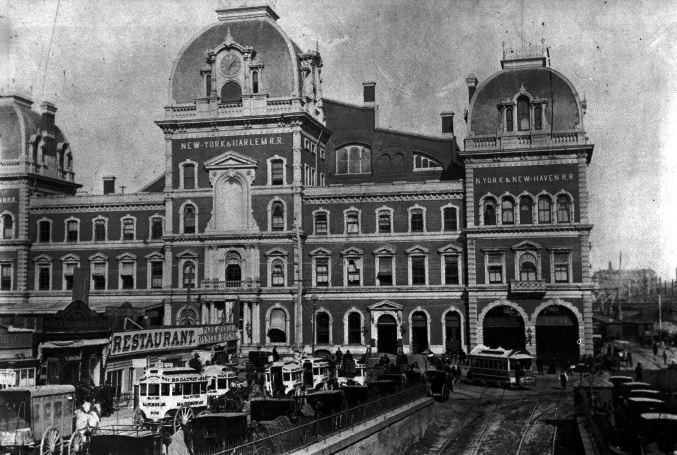The name “Cornelius Vanderbilt” often appears in history books as a name that belongs to a tycoon that became one of the richest Americans during the 19th century. Those that know about the intricacies of business administration, especially the ones that are interested in the field’s history, would know Cornelius Vanderbilt as a successful businessman that was able to thrive in two different industries. Who is Cornelius Vanderbilt? We will know more about him as we get a look at some pieces of information about the American tycoon.
Early Life of Cornelius Vanderbilt
Cornelius Vanderbilt was born in Staten Island, a borough in New York City, on May 27, 1794. His father was Cornelius van Derbilt, while his mother was Phebe Hand. At the age of 11, Vanderbilt quit school in order to work at his father’s ferry in New York Harbor, which is thriving thanks to the increasing number of commuters in the state. Five years later, Vanderbilt was able to start his own ferry service.
There are various theories as to how Vanderbilt founded his ferry service at such a young age. One theory suggests that he borrowed $100 from his mother in order to buy a periauger (a small sailing vessel), while another theory says that the periauger was actually his father’s and that he would receive half the profit for the trips. Nonetheless, it is factual that he did have a periauger that he utilized to have a ferry service between Staten Island and Manhattan. Because of his passion for trying to make his business successful, his rivals and fellow ferry captains would call him “The Commodore” as a joke. The nickname would be stuck with Vanderbilt throughout his career as a businessman.
At the age of 19, the Commodore married his cousin, Sophia Johnson, on December 19, 1813. They had 12 children together, namely Phebe (born in 1814), Ethelinda (1817), Eliza (1819), William (1821), Emily (1823), Sophia (1825), Maria (1827), Frances (1828), Cornelius Jeremiah (1830), George (1832), Mary (1834), Catherin (1836), and another child named George (1839).
Steamship Business
Vanderbilt was introduced in the steamship business when he worked as a ferry captain for Thomas Gibbons, a wealthy entrepreneur and lawyer. Through working for Gibbons, Vanderbilt was able to learn a lot about the business and how to run a large and complex company. Vanderbilt then moved his family to New Brunswick, New Jersey, so that he could have much easier access to Gibbon’s line between New York and Philadelphia. In New Brunswick, Sophia Johnson managed an inn, which became quite successful.
By the 1820s, Vanderbilt was able to open his own steamship business in the New York region. His company is responsible for operating ferry lines within New York, as well as building steamships for his lines and other businesses. Because of how aggressive he was in managing his business, Vanderbilt quickly became one of the wealthiest people in the industry. Of course, his aggressiveness would lead to him having enemies in the business, and some would even have no choice but to bribe Vanderbilt so that he wouldn’t compete with them in specific ferry lines.
In the 1850s, Vanderbilt created another steamship service that allowed passengers to go from New York to San Francisco with a route across Nicaragua. Although there were already services that enabled passage between the two cities, those services were much slower since they relied on a route that traveled across Panama, and this route would take passengers several months before they could get to their destination. Because Vanderbilt’s route has a much faster travel time, many people opted to utilize his steamship service instead of the others available, thus making Vanderbilt’s business very successful. During that period, it was reported that Vanderbilt annually earned about $1 million (approximately worth $25 million in 2020).
Railroad Business
After dominating the steamship business, Vanderbilt tried managing a railroad business by taking over the New York, Providence and Boston Railroad, better known simply as the Stonington Railroad, in the 1840s. Around the same period, Vanderbilt also managed and operated other businesses, like the Staten Island Ferry, and he also bought massive amounts of real estate in Staten Island and Manhattan.
By the 1850s, which is also the period where Vanderbilt created the New York-to-San Francisco steamship service, the Commodore served as a member of the board of directors for several railroads, including the New Jersey Central Railroad, the Erie Railway, and the New York and Harlem Railroad. In 1853, Vanderbilt took over the presidency for the New York and Harlem Railroad through a stock market corner (obtaining large amounts of stock of the railway to gain control over its market price).
Vanderbilt was successful in operating numerous railroads within New York, and he also became responsible for the building of the Grand Central Depot on Manhattan’s 42nd Street in 1871. The Grand Central Depot was then replaced by the Grand Central Terminal in 1913.
However, his railroad business began to go down in value when he became involved in a dispute in 1868 regarding the ownership of the Erie Railway, which was aptly named by historians as “The Erie War.” He eventually lost the dispute to his rivals, Jay Gould, Daniel Drew, and James Fisk Jr., but he filed for a lawsuit in order to recover his losses from failing to control the stocks of the railway industry. Vanderbilt’s feud with Gould didn’t end, although the Commodore was able to befriend Drew in his later years.
Vanderbilt’s Later Years
When his wife Sophia died in 1868, Vanderbilt moved to Canada. While living in London, Ontario, on August 21, 1869, he married Frank Armstrong Crawford, his cousin from Mobile, Alabama. It was his second wife that convinced Vanderbilt to get into philanthropic ventures, the first of which is the donation of $1 million to Bishop Nimmons McTyeire (the husband of Crawford’s cousin, Amelia Townsend), who used the money to build Vanderbilt University in Nashville, Tennessee. In honor of the university’s biggest donor, the varsity teams of the institution are named “Commodores.”
After being confined in his room at his Manhattan home, Cornelius Vanderbilt died on January 4, 1877, at the age of 82. At the time of his death, reports indicated that his estimated net worth was at $105 million.
Cornelius Vanderbilt is instrumental in the modernization of commuting in the United States, as he was able to show the country that steamships and railroads are viable modes of transportation for many American commuters. Many historians argue that Vanderbilt’s contributions in the steamship and railway industries should be more focused on instead of his wealth, as he was just more than a wealthy American since he helped revolutionize commuting and transportation in the country.



